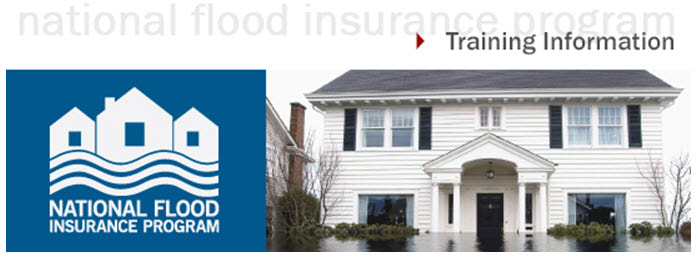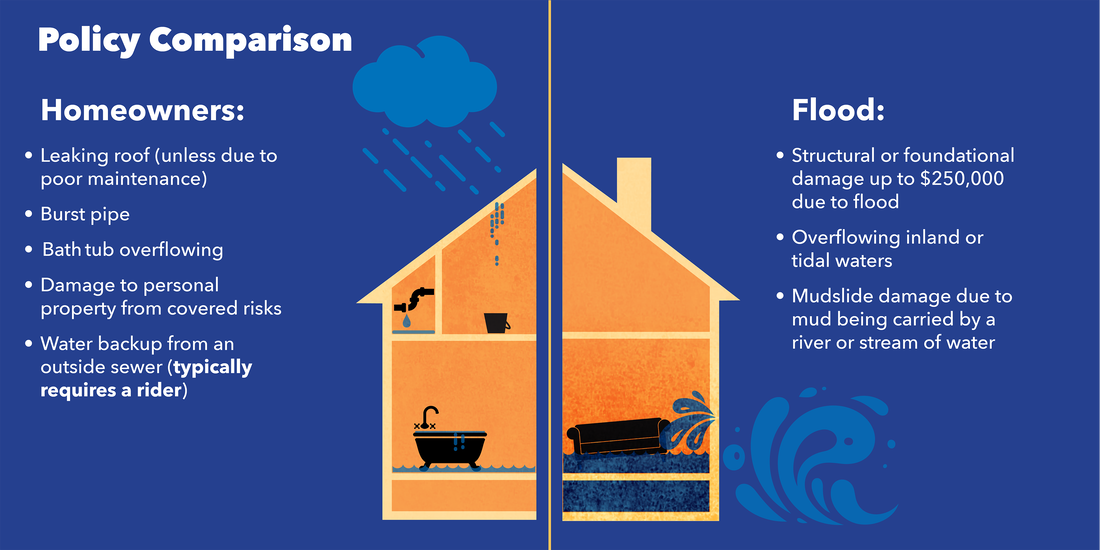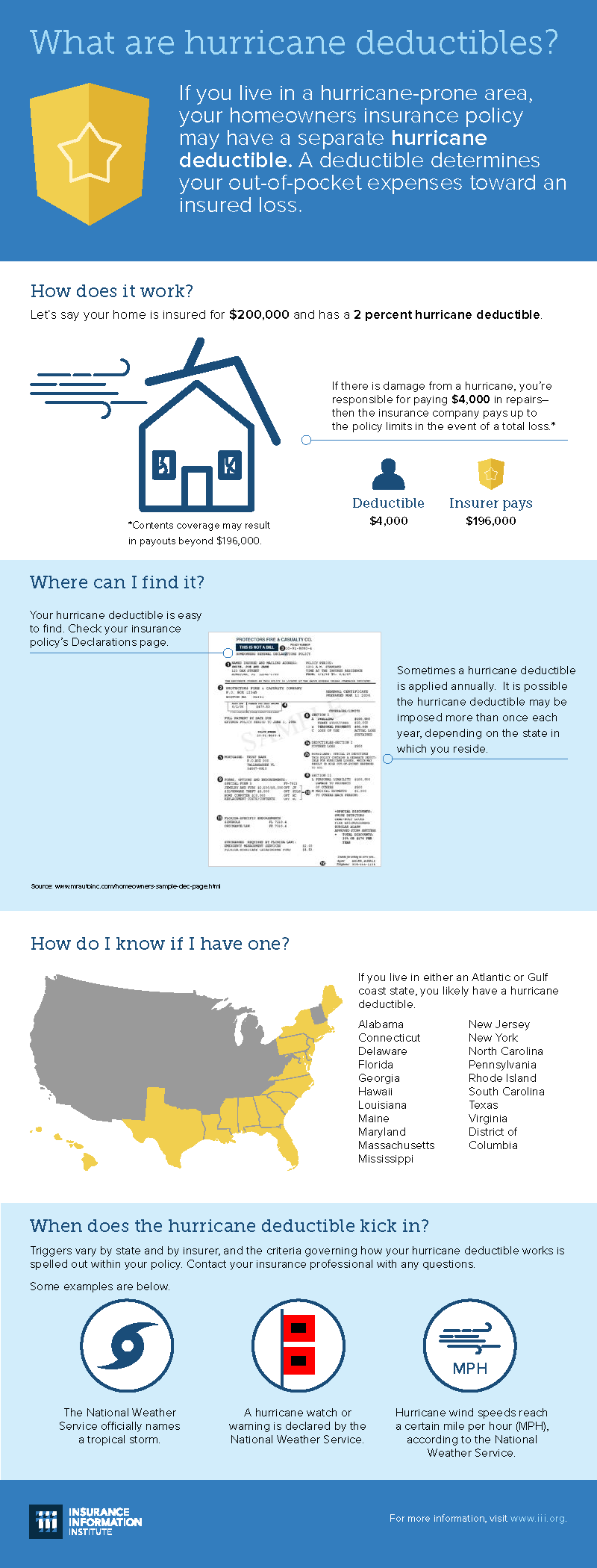|
What is RV insurance?
Insuring an RV, also known as Recreational Vehicle, is an agreement between you and your insurance company that protects your motorhome, travel trailer, camper, fifth wheel, etc. You will choose from a variety of coverages meant to protect your vehicle and provide peace of mind on trips and vacations or if you use your RV as a permanent residence. If you are "driving" a motorhome, you will also need liability coverage to stay legal on the road. But if you are "pulling" a travel trailer, your state won't require you to insure the RV, as you're already covered for liability on your auto insurance policy. How does RV insurance work? When you buy RV insurance, our agency will ask simple questions about you, your RV, and how often you use it. You will then select coverages that will best protect you and your vehicle. Generally, more coverage means a higher price. If you damage your vehicle or you are responsible for someone else’s damages or injuries, you will file a "claim" with your insurer. If your claim is covered, they will pay for the losses or injuries up to your coverage limits. Our agency is unique because it does not simply stick to one kind of insurance provider but brings the clients the best deals from many different insurance carriers. In this way, clients have access to offers from multiple carriers all in one place. So, let us do the searching for you for free! Call our office for a Quick Quote and visit our website. Most transactions can be done over the phone without having to leave the comfort and safety of your home. Understanding the Unique Facets of Flood Insurance
Flood insurance is, unusual. A flood policy essentially covers one peril but it is surrounded by many unusual facts and facets that make flood coverage unlike any other. Agents must understand the uniqueness of flood to more effectively present it to clients. Read the article Miscellaneous Personal Lines
|
📢 Hey friends! Let's talk about surety bonds! 💼
Are you familiar with surety bonds? 🤔 They are an essential tool in various industries, providing financial protection and ensuring project completion. Here's a breakdown of what you need to know: ✅ #SuretyBonds101: Surety bonds act as a guarantee that a party will fulfill its obligations as stated in a contract or agreement. ✅ #FinancialProtection: Surety bonds protect against financial losses due to a contractor's failure to complete a project or fulfill contractual obligations. ✅ #ConstructionBonds: In the construction industry, surety bonds play a crucial role in ensuring projects are completed on time and within budget. #BuildingSuccess ✅ #LicenseandPermitBonds: Many professionals require license and permit bonds to operate legally. These bonds safeguard customers from any misconduct or negligence. #ProfessionalIntegrity ✅ #BidBonds: When bidding on a construction project, contractors often provide bid bonds to demonstrate their financial stability and commitment to the project. #WinningBids ✅ #PerformanceBonds: Performance bonds assure project owners that contractors will complete their work according to agreed-upon terms and standards. #ExcellenceInExecution ✅ #PaymentBonds: Payment bonds protect subcontractors and suppliers by ensuring they receive timely payment for the goods and services provided. #FairTrade ✅ #CourtBonds: Court bonds are required in legal proceedings to secure a party's obligations, such as appealing a court decision or serving as a fiduciary. #LegalSupport ✅ #PublicOfficialBonds: Public officials often need to obtain public official bonds to guarantee their ethical behavior and faithful performance of duties. #PublicTrust ✅ #FidelityBonds: Fidelity bonds protect businesses against employee dishonesty, such as theft, fraud, or embezzlement. #BusinessSecurity Remember, surety bonds are crucial for maintaining trust, protecting financial interests, and promoting professional integrity across various industries. 💬💪 #SuretyBonds #FinancialProtection #Contractors #ConstructionIndustry #Professionalism #IndustryStandards #BusinessSuccess #ProtectingInterests #BuildingTrust 
Flood Insurance Quiz (20 questions)Click here to download Hurricane Deductible PDF |
If you have a better way of doing anything, your idea may be worth a fortune.
In any type of business, the most valuable ideas are those that make money, save money, save time, or improve the way things are done. Every improvement, however slight, is a step in the right direction. Being alert for opportunities to improve things is a function of a positive attitude. It is virtually impossible to think creatively about opportunities when your thoughts are concentrated on the downside risk instead of the upside potential. As you search for ways to improve your performance, or to find a better, faster, or more economical way to perform a task or build a product, by all means analyze and minimize the risks but focus on the possibilities.
In any type of business, the most valuable ideas are those that make money, save money, save time, or improve the way things are done. Every improvement, however slight, is a step in the right direction. Being alert for opportunities to improve things is a function of a positive attitude. It is virtually impossible to think creatively about opportunities when your thoughts are concentrated on the downside risk instead of the upside potential. As you search for ways to improve your performance, or to find a better, faster, or more economical way to perform a task or build a product, by all means analyze and minimize the risks but focus on the possibilities.
It’s a sure thing that you’ll not finish if you don’t start.
An ancient proverb says, “The journey of a thousand miles begins with a single step.” You have probably known people nearing the end of their life’s journey who looked back and said, “If only I had done things differently…. If only I had taken advantage of that opportunity when it came along.” Unfulfilled lives are filled with “if onlys.” They are the refrain of the timid souls whose lives were finished before they ever really got started. Life is filled with many opportunities — for great successes and spectacular failures. It is up to you to seize the initiative, to take advantage of the opportunities that come your way. You are condemned to a life of mediocrity — unless you get into action. Don’t delay; do it today!
An ancient proverb says, “The journey of a thousand miles begins with a single step.” You have probably known people nearing the end of their life’s journey who looked back and said, “If only I had done things differently…. If only I had taken advantage of that opportunity when it came along.” Unfulfilled lives are filled with “if onlys.” They are the refrain of the timid souls whose lives were finished before they ever really got started. Life is filled with many opportunities — for great successes and spectacular failures. It is up to you to seize the initiative, to take advantage of the opportunities that come your way. You are condemned to a life of mediocrity — unless you get into action. Don’t delay; do it today!
If you have something you don’t need, give it to someone who needs it. It will come back to you in one way or another.
You know by now how important it is to offer service freely to your community without expecting anything specific in return. You know as well how important the intangible personal benefits of self-respect and inspiration that accompany such action are. But it is also true that by rendering a public service you have an effect on the values in your community. Your actions are a quiet but steadfast signal to others of the importance of being involved, a sign that success does not require heartless devotion to a cause and a reminder to others of the personal satisfaction you gain from your labor. You will find that you inspire others to similar actions in different areas, creating a ripple effect that extends far beyond what you alone can do. The community in which you live will become a better place, and you will be happier being a part of it.
You know by now how important it is to offer service freely to your community without expecting anything specific in return. You know as well how important the intangible personal benefits of self-respect and inspiration that accompany such action are. But it is also true that by rendering a public service you have an effect on the values in your community. Your actions are a quiet but steadfast signal to others of the importance of being involved, a sign that success does not require heartless devotion to a cause and a reminder to others of the personal satisfaction you gain from your labor. You will find that you inspire others to similar actions in different areas, creating a ripple effect that extends far beyond what you alone can do. The community in which you live will become a better place, and you will be happier being a part of it.
|
Attention: Georgia Agents! 24 hours CE for $24 or join GIA for $99 per year and it's free for all agency staff!
Have you enjoyed at least 24 hours of Edu-Tainment? If yes, you are welcome to take the Final Exam Otherwise, continue to Lesson #6: RC vs ACV |
Stand Alone Policies |
Stand Alone Policies |









